Most often, birds like the taste of grains which are a good combination of nutrients: complex carbohydrates, proteins, minerals and vitamins; providing them a healthy food. The great variety of grains found on the market gives also different nutritive values for the birds. Grains are usually combined with seeds vegetables, pasta or pellets for the variety of food.
We will now give you a few recipes on various grains for your parrot. The grains used are organically grown. Those combinations of grains are very healthy and the parrots love their taste.
The grains
Buckwheat groats - the best known source of complex carbohydrates are the proteins in buckwheat. Buckwheat also contains a high proportion of all eight amino acids which the body does not manufacture but are absolutely essential for keeping it in good shape. All this makes buckwheat closer to being a complete protein than any other plant source, even soybeans.
For buckwheat groats use 2 measures liquid to 1 measure of buckwheat groats, boil them, cover, and simmer for 20 minutes.
Pearled barley ?cooked barley is very rich in proteins, a cup of cooked barley offers the same amount of protein as a glass of milk, along with hearty increments of niacin, thiamine, and potassium. A substance that inhibits the production of cholesterol in the blood has been traced to the non-fibrous part of the grain.
For pearled barley use 2 cups boiling liquid to 1 cup pearled barley, cover and cook for 35 to 40 minutes.
Bulgar - each quarter pound contains over 11.2 grams of protein, 75.7 grams of carbohydrates, 338 milligrams of phosphorus, and 229 milligrams of potassium, as well as healthy doses of calcium, iron, thiamine, riboflavin, and niacin. Or as many nutrients as one will find in a whole loaf of 100% whole-wheat bread! Unused bulgar can be frozen.
For bulgar use 1 measure of bulgar to 2 measures liquid. Boil, lower heat, cover, and simmer for 25 minutes.
Wheat berries ?they have a high content of proteins, carbohydrates, B vitamins, and 7 amino acids that give the required energy to the body: 335 units of protein per cooked half cup. It is also low in calories: 55 for the same amount.
For wheat berries soak overnight and boil in soaking water for one hour or cook covered until the wheat is soft, adding water if necessary.
Quinoa ?full of lysine and great amounts of the other amino acids that complete a protein, besides being a repository for phosphorus, calcium, iron, vitamin E, and assorted B vitamins. It can be stored in the freezer.
For quinoa use 1 measure of quinoa to 2 measures of liquid. Boil, lower heat, cover and cook for 15 minutes. Leave it off heat for another 10 minutes.
Triticale - a hybrid grain of wheat and rye. The average protein content of wheat is about 12%, while the rye's is about 7%; triticale runs about 15-17%. Triticale contains a better balance of amino acids than either of its parents, with twice as much lysine as wheat offers.
For triticale use water to cover it, boil, lower heat, cover and cook until done; add water if needed.
Hulled millet - rich in phosphorus, iron, calcium, riboflavin, the nutritional value of cooked millet (90 calories) is only a step under wheat on the protein ladder. It is also higher in the amino acid lysine than oats, corn, or rice.
For hulled millet use 1 measure of millet to 2 measures of liquid, boil, lower heat, cover and simmer for 20 minutes. Leave it covered and off heat for 10 more minutes.
Grains can be served to birds in many ways. How the person cooks them or prepares them will make the difference and the variety of the birds?diet. In order to find what is your parrot抯 favorite, experiment different ways of cooking them.

 Dogs are People
Dogs are People
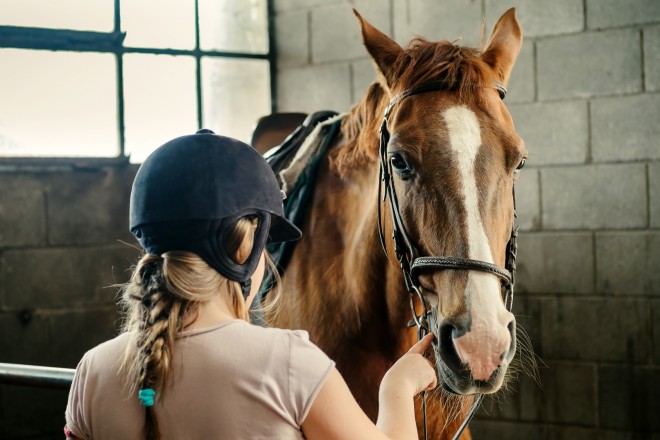 Tips On How To Save Money When Competing With Your Horse
Tips On How To Save Money When Competing With Your Horse
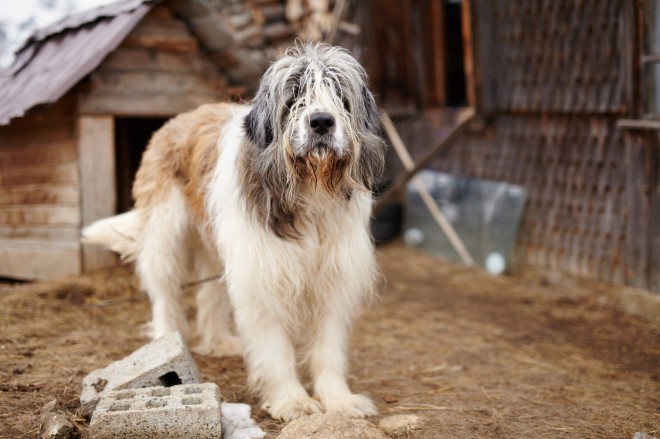 Shepherd Breeds That Are An Alternative To The German Shepherd Dog
Shepherd Breeds That Are An Alternative To The German Shepherd Dog
 Probiotics And Prebiotics – Should You Supplement Your Dogs Diet With Them?
Probiotics And Prebiotics – Should You Supplement Your Dogs Diet With Them?
 Rise Above and Choose the Best Chicken Coops for Your Pets
Rise Above and Choose the Best Chicken Coops for Your Pets
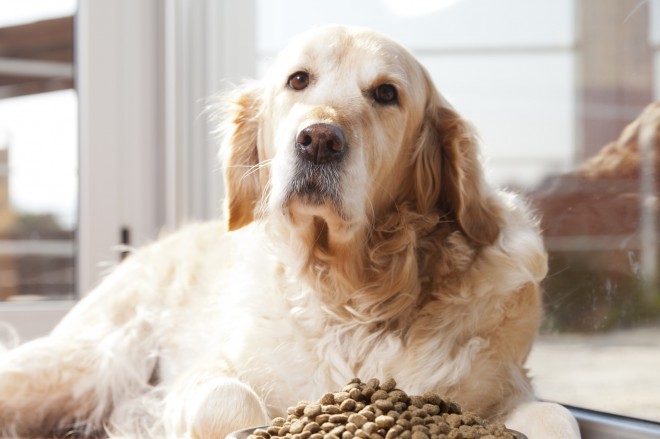 Five Canine Health Conditions That Can Be Helped Or Hindered By Their Food
Five Canine Health Conditions That Can Be Helped Or Hindered By Their Food
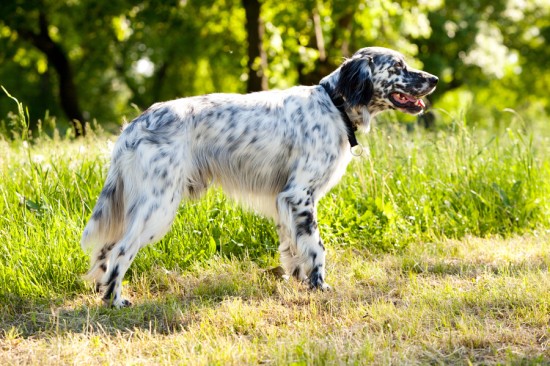 British Dog Breeds - Worthy Of A Second Glance
British Dog Breed
British Dog Breeds - Worthy Of A Second Glance
British Dog Breed
 The Health Challenges Of The French Bulldog
The Health Challe
The Health Challenges Of The French Bulldog
The Health Challe
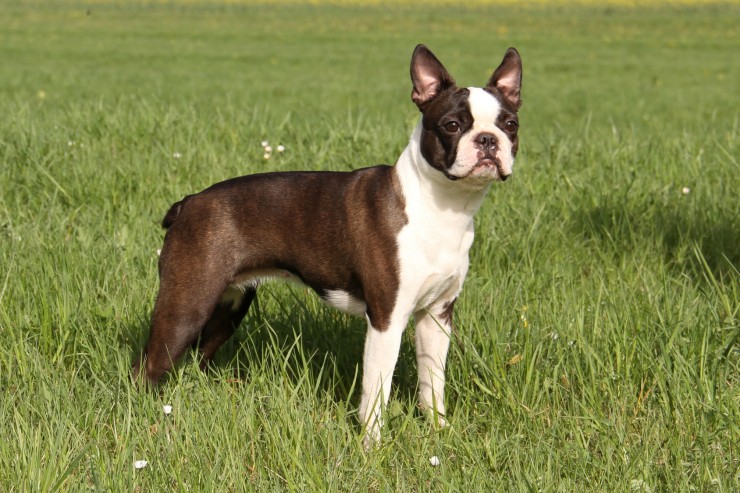 How To Tell The Difference Between A Boston Terrier And A French Bulldog
How To Tell The D
How To Tell The Difference Between A Boston Terrier And A French Bulldog
How To Tell The D
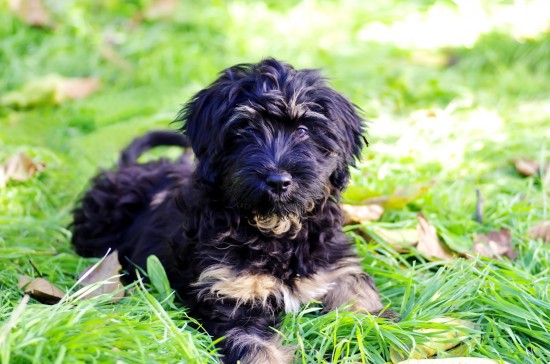 Why Might Female Dogs Display Humping Behaviour?
Why Might Female
Why Might Female Dogs Display Humping Behaviour?
Why Might Female
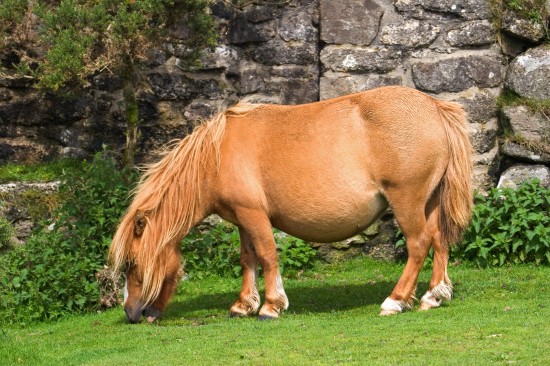 Showing Your Native Pony
Showing Your Nati
Showing Your Native Pony
Showing Your Nati